
From the broad peak of the annual Southern Delta Aquariids meteor shower and views of the crescent moon to the rise of Venus and the Milky Way, there is much to see this week (July 29 to August 4) using just your naked eye.
A good telescope or pair of binoculars will help you see some of the night sky's fainter objects, but the unaided eye is enough to learn its stars and constellations, watch the moon, experience meteor showers and see satellites whizz across the night sky.
Here is what you can see in the night sky this week without any equipment; all you need to enjoy it all is curiosity, patience and good weather.
Related: The brightest planets in July's night sky: How to see them (and when)
MONDAY, JULY 29 - SOUTHERN DELTA-AQUARIIDS METEORS PEAK (PRE-DAWN)
If you're up very early today, you may see some shooting stars from the annual Southern Delta-Aquariid meteor shower peak. It's active from mid-July through late August, and though it peaks in the early hours of Monday, it's a broad peak, so you may see more meteors on Tuesday night and into Wednesday.
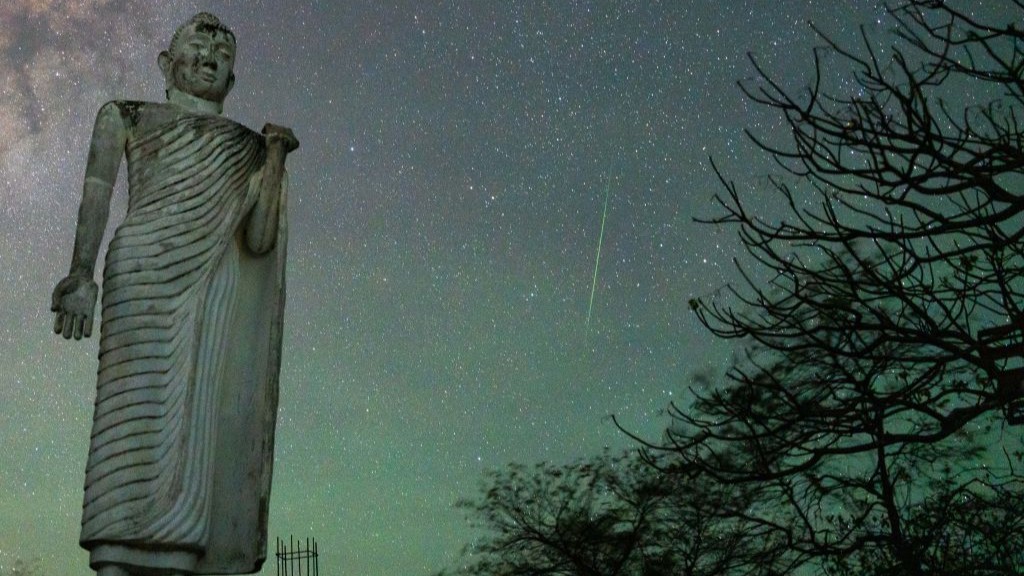
Southern Delta-Aquariid meteors can be faint. They tend to be more numerous from the Southern Hemisphere and southern latitudes of the Northern Hemisphere, where the Aquarius constellation is at its highest in the sky.
MONDAY, JULY 29 - CRESCENT MOON MEETS THE PLEIADES (PRE-DAWN)
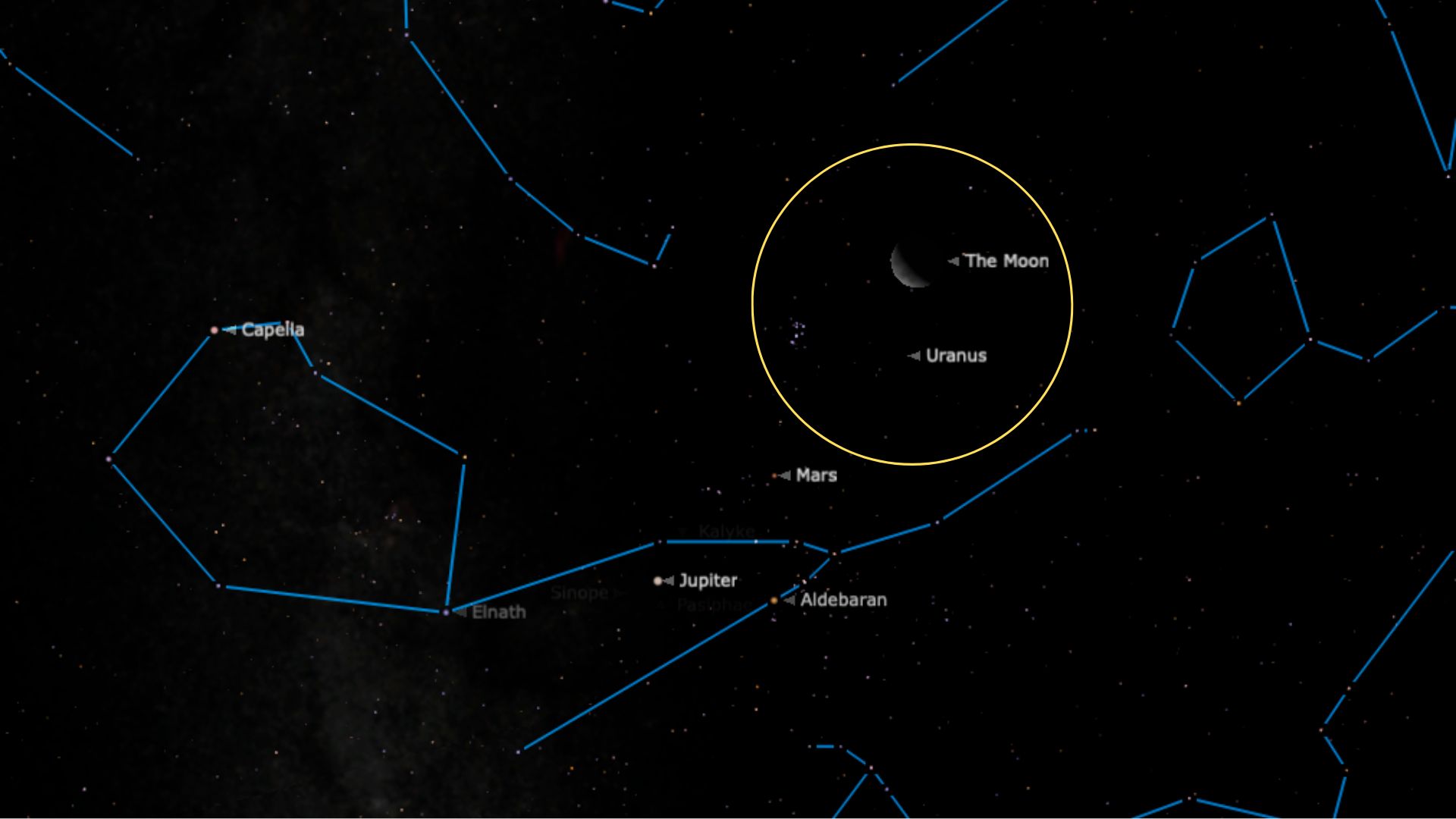
The waning crescent moon will appear high above Mars and Jupiter this morning in the eastern night sky in the hours before sunrise. The moon will appear very close to the open star cluster, the Pleiades, also known as the Seven Sisters.
Uranus will be very close, but too faint to be seen. To appreciate the collective brightness of the seven bright stars of the Pleiades, look slightly to its side; your peripheral vision is more sensitive to low light than your direct gaze.
TUESDAY, JULY 30 - CRESCENT MOON ABOVE MARS AND JUPITER (PRE-DAWN)
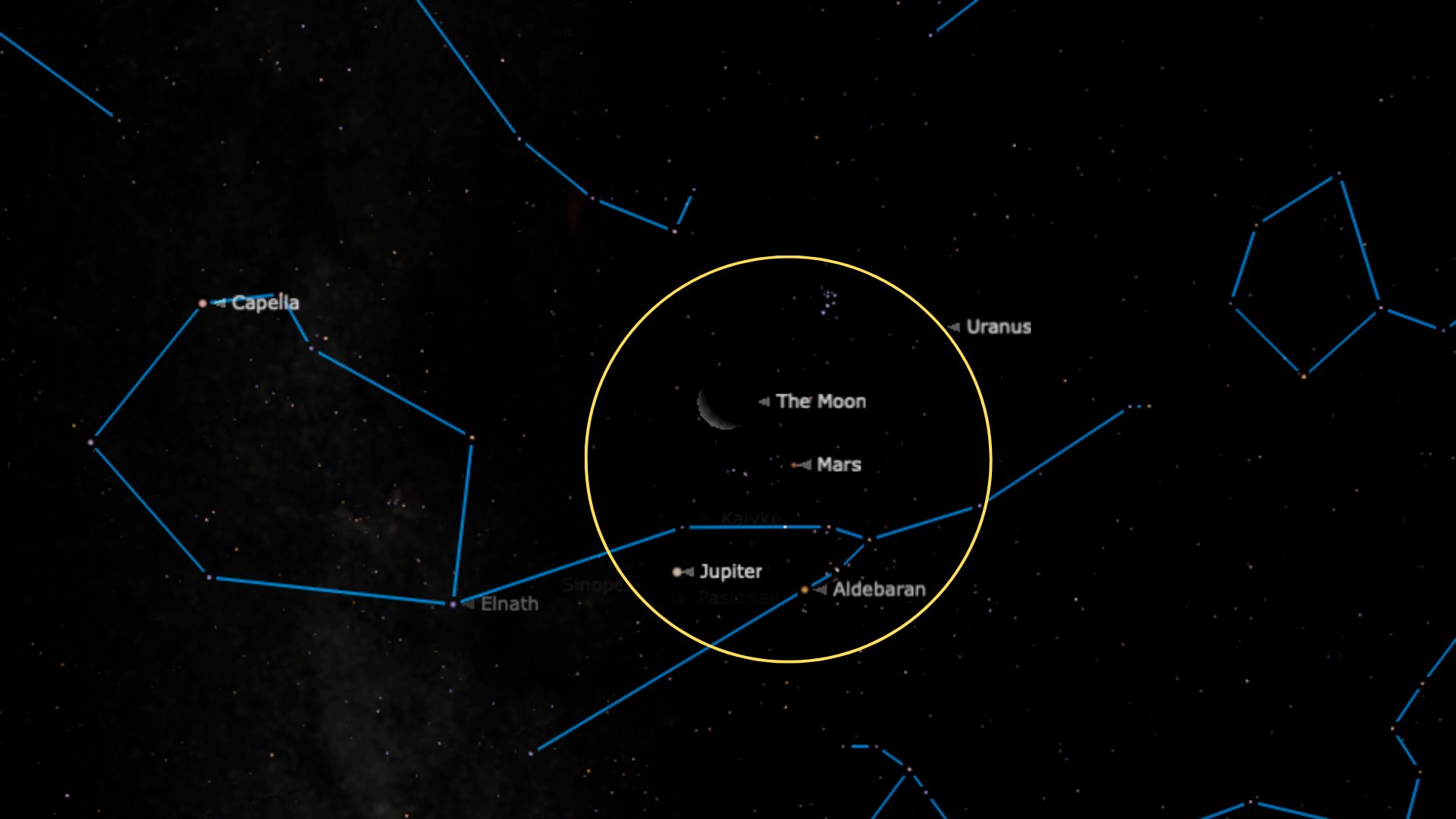
The planets and the Pleiades will remain almost as they were yesterday, but a smaller, waning crescent moon will be seen close to Mars this morning. Directly below the moon will be Jupiter, with Aldebaran — the brightest star in Taurus — to the right. All four celestial bodies will roughly form a rectangle.
WEDNESDAY, JULY 31 - CRESCENT MOON WITH MARS AND JUPITER (PRE-DAWN)
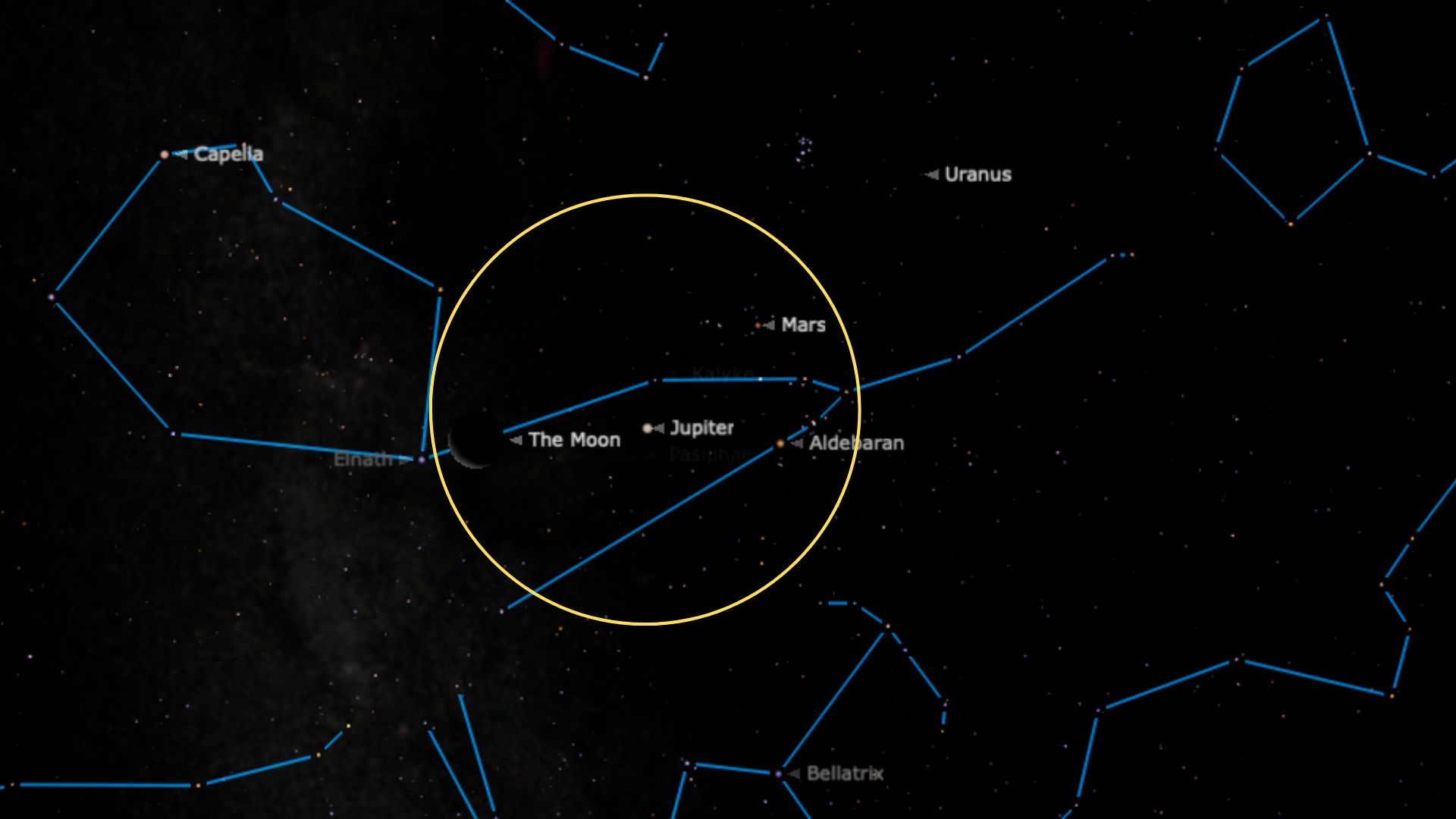
Now, with a very slim crescent, the waning crescent moon will be positioned farther to the left of the planets. Mars, Jupiter and Aldebaran will form a triangle, which, together with the moon, will form a Y-shape — or a champagne flute on its side.
THURSDAY, AUG. 1 - VENUS AND MERCURY (AFTER SUNSET)
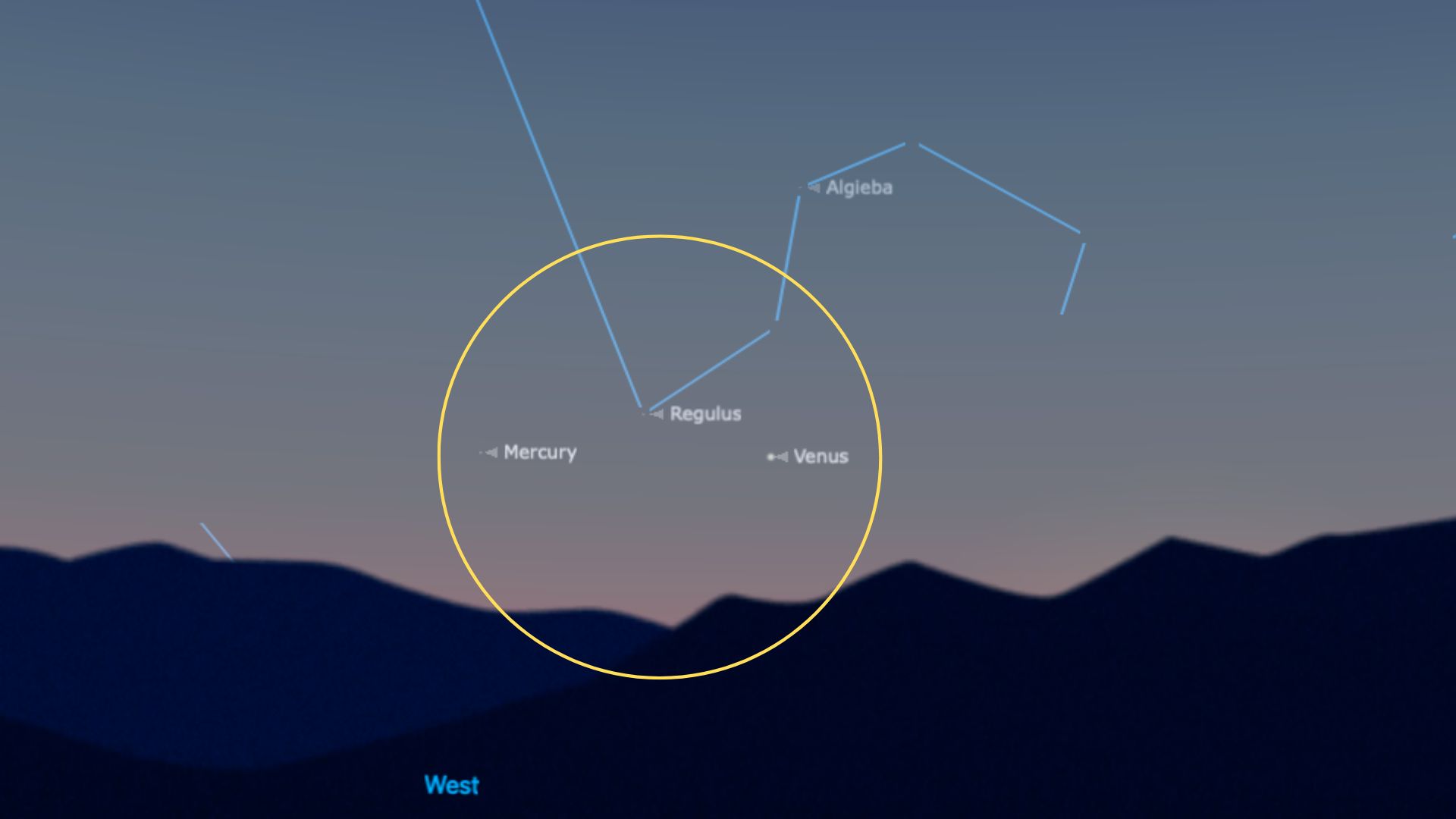
Venus has been largely lost in the sun's glare for a few months, but it makes a break for the post-sunset sky for easy viewing in August. Look west after sunset, and you'll see it shining brightly. Mercury will be to the left of Venus.
FRIDAY, AUG. 2 - CRESCENT MOON MEETS GEMINI (PRE-DAWN)
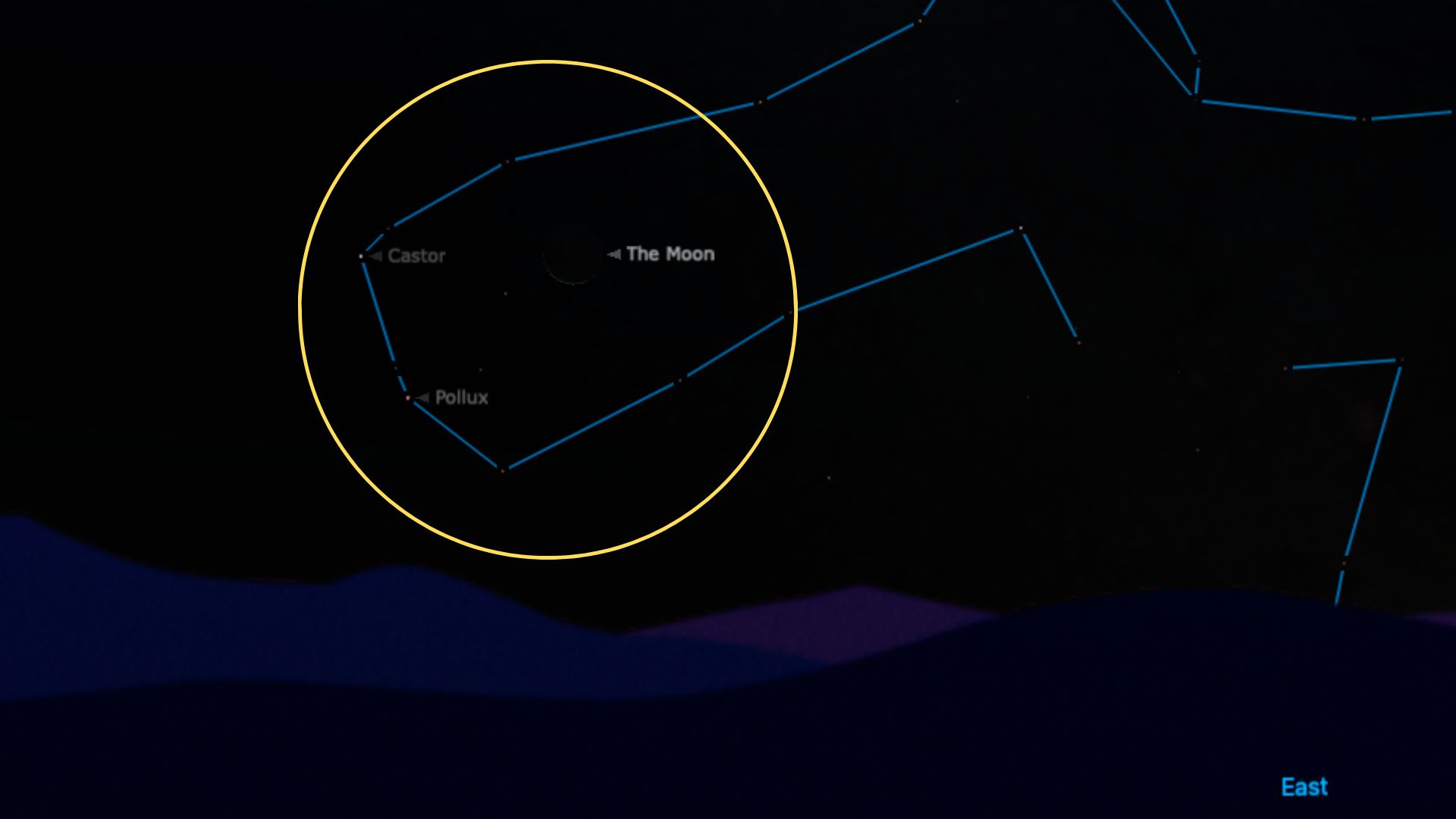
A new moon is about to occur, but before it does, there's a chance of catching the slimmest possible lunar crescent. Look east just before dawn, and a moon will be on display, illuminated just a little. It will be a challenging target, so look for the twin stars of the constellation Gemini, Castor and Pollux. They will form a 'V' shape with the crescent moon, which will be to the right of the upper star Castor.
SATURDAY, AUGUST 3 - 'ARC TO ARCTURUS' (AFTER SUNSET)
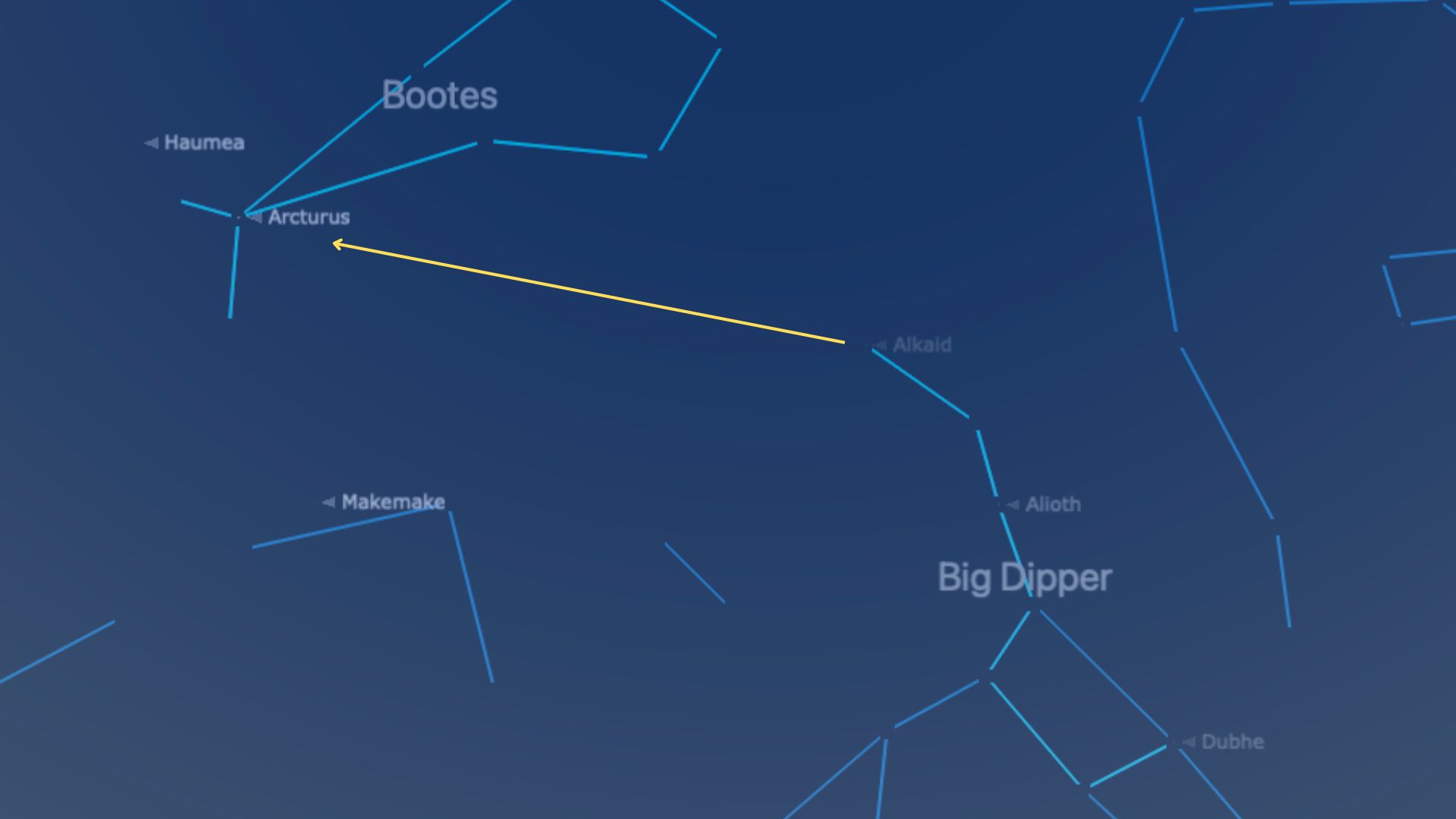
Here's one of the most famous and most useful star-hops in the northern hemisphere's spring and summer. Find the Big Dipper in the northwestern sky after dark and trace its four stars in a curve away from its bowl, going in an arc to a dazzling star above the west. That's Arcturus, the brightest star in the kite-shaped constellation Boötes.
SUNDAY, AUGUST 4 - MILKY WAY (AFTER SUNSET)
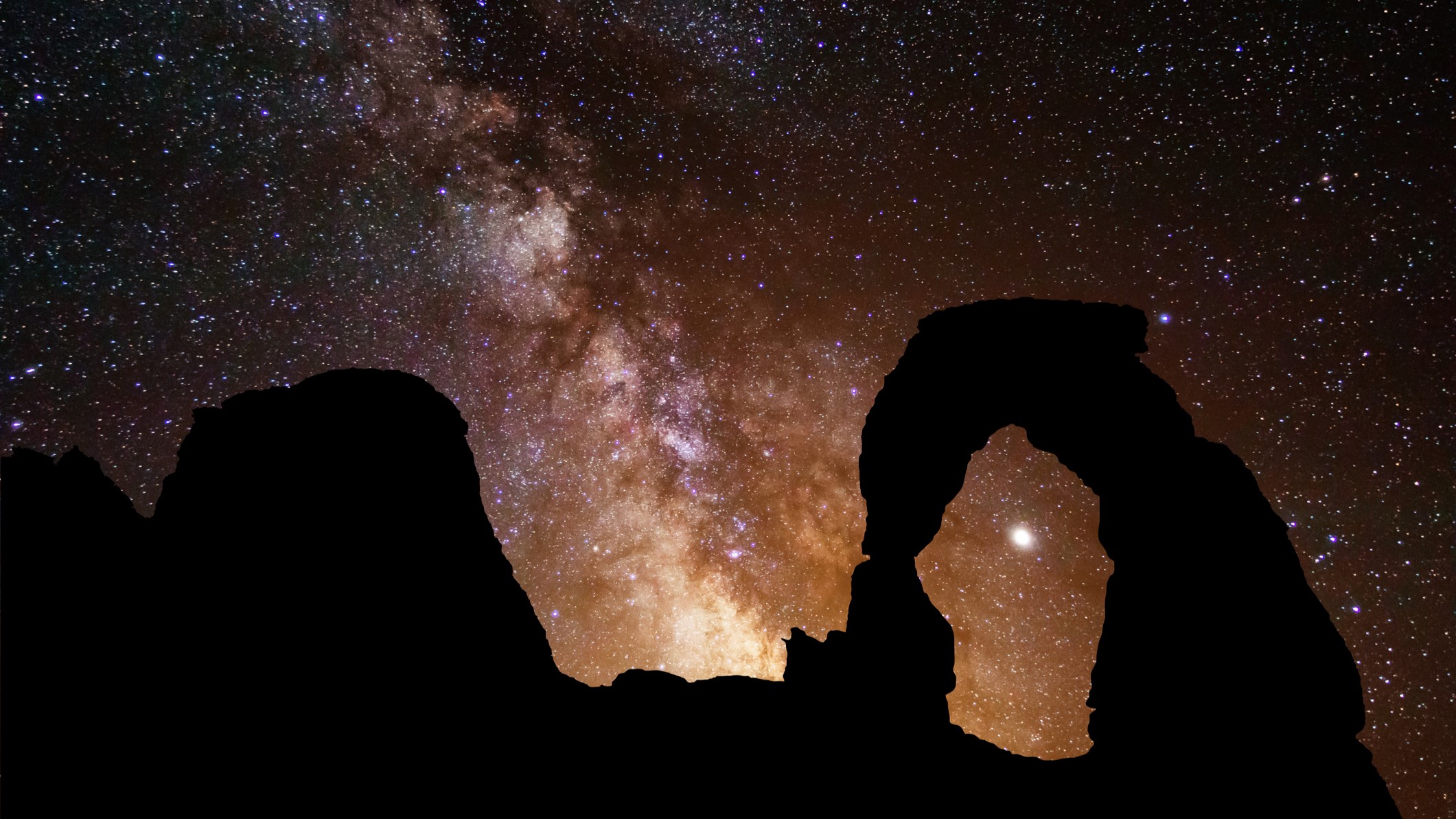
This morning is a new moon. It's not something you can see, but for stargazers, it's an important monthly event. With the night sky free from bleaching moonlight, the week of a new moon is ideal for finding constellations and star fields. It's the perfect night to see the Milky Way. Look to the south from as dark a location as possible.
Want to try your hand at capturing some of these events with a camera? Check out our guide on astrophotography for beginners. If you don't have everything you need, be sure to see our guides on the best cameras for astrophotography and the best lenses for astrophotography.
Jamie Carter is the author of Stargazing in 2024 and A Stargazing Program For Beginners.
Editor's note: If you have an amazing skywatching photo and would like to share it with Space.com's readers, send your photo(s), comments, and your name and location to spacephotos@space.com.
Join our Space Forums to keep talking space on the latest missions, night sky and more! And if you have a news tip, correction or comment, let us know at: community@space.com.







